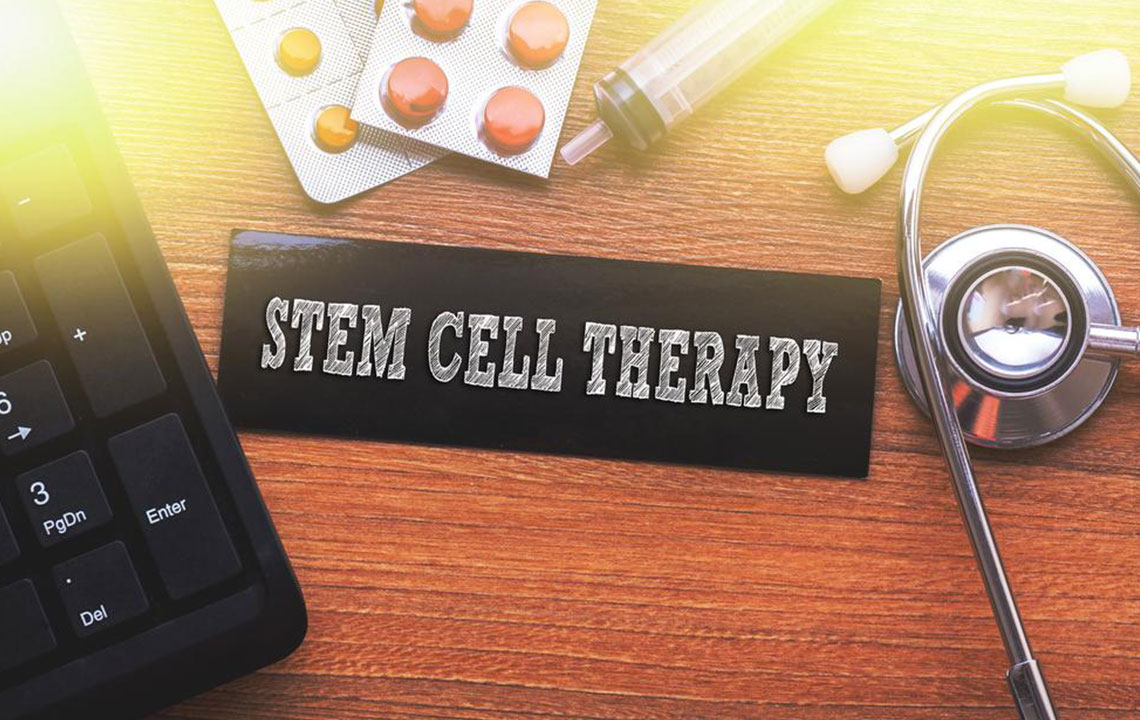Comprehensive Overview of the Advantages and Future Potential of Stem Cell Therapy
This detailed article explores the transformative potential of stem cell therapy, explaining its types, applications, and procedures. It highlights how this innovative treatment offers solutions for various chronic and degenerative diseases, providing hope for improved recovery, less invasive procedures, and enhanced quality of life. An essential read for anyone interested in the future of regenerative medicine and emerging healthcare technologies.

Comprehensive Overview of the Advantages and Future Potential of Stem Cell Therapy
In today's health landscape, maintaining optimal physical and mental well-being through diet, exercise, and regular medical check-ups is crucial. However, despite our best efforts, some illnesses still pose significant challenges. Many diseases are caused by genetic factors or triggered by environmental agents that remain dormant until activated. Living with chronic conditions can significantly diminish quality of life, resulting in ongoing struggles both physically and psychologically. This persistent challenge intensifies the need for innovative treatment options that can effectively address and potentially cure such ailments.
Recent advancements in medical science have opened exciting new frontiers, with breakthroughs that offer hope to millions worldwide. Among these, stem cell therapy has emerged as a groundbreaking approach capable of revolutionizing how we treat a wide range of health issues. By harnessing the body's own regenerative capabilities, stem cell therapy aims to repair or replace damaged tissues and organs, providing new avenues for recovery and improved health outcomes. This therapy is increasingly being studied and adopted for conditions such as diabetes, cardiovascular diseases, neurological disorders, and various forms of degenerative illnesses.
Are you curious about how stem cell therapy works and its potential benefits? This comprehensive guide addresses common questions and provides detailed insights into this promising treatment modality.
What types of stem cells are utilized in medical treatments?
Stem cells are the foundation for growth and repair within the body, capable of developing into various tissue types at different stages of development and from different sources.
The principal types include embryonic stem cells, which originate from early-stage embryos; tissue-specific or adult stem cells, found in various organs and tissues; mesenchymal stem cells derived from bone marrow or fat tissue; and induced pluripotent stem cells (iPSCs), which are reprogrammed adult cells capable of differentiating into multiple tissue types.
It is crucial to choose the appropriate type of stem cell for therapy; using unproven or unsuitable stem cell sources can lead to adverse effects or ineffective treatment. Therefore, consultation with qualified medical professionals is essential to ensure safety and efficacy.
Which health conditions can benefit from stem cell therapy?
Stem cells' ability to regenerate tissues offers hope for patients suffering from neurodegenerative diseases like Parkinson's and Alzheimer's, as well as spinal cord injuries, stroke rehabilitation, and heart disease.
Patients with autoimmune disorders, such as multiple sclerosis, rheumatoid arthritis, or immune deficiencies, have experienced symptom improvement through stem cell interventions that help modulate immune responses.
In orthopedics, stem cell treatments are utilized to repair joint injuries, cartilage degeneration, ligament tears, and osteoarthritis, often resulting in faster recovery times with reduced pain and inflammation.
How is stem cell therapy conducted?
The process begins with harvesting stem cells from the patient’s bone marrow—typically from the pelvis or femur—or from adipose tissue via minimally invasive liposuction procedures.
The extracted cells are then processed using centrifugation or specialized laboratories to concentrate and prepare the stem cells for therapeutic use.
Once prepared, the concentrated stem cells are injected into the targeted area—such as joints, affected tissues, or damaged spinal regions—to promote natural healing processes.
This minimally invasive procedure often requires local anesthesia and results in fewer complications compared to traditional surgeries.
Can stem cell therapy replace traditional surgical procedures?
In many cases, stem cell therapy provides a less invasive and more effective alternative to surgery, especially for conditions like cartilage injuries, osteoarthritis, ligament damage, and degenerative spinal diseases.
Patients can experience quicker recovery times, reduced post-procedure pain, and low risk of complications, making stem cell treatments a promising option for many common musculoskeletal disorders.
While not suitable for all conditions, ongoing research continues to expand the therapeutic applications of stem cells, potentially reducing the need for complex surgeries in the future.
Tags - regenerative medicine, stem cell treatment, tissue engineering, innovative healthcare solutions




